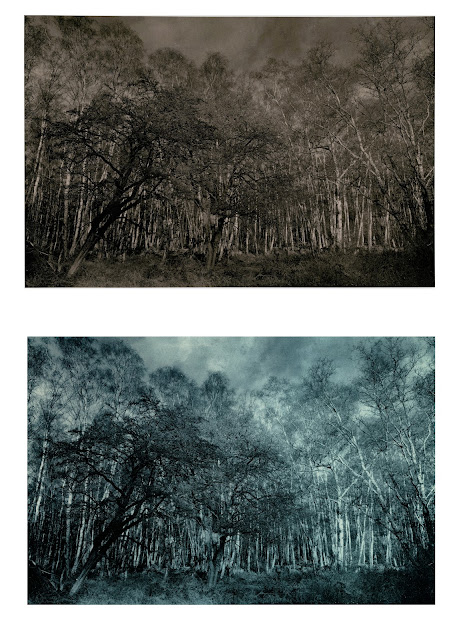Nikon SW 75mm f4.5 Lens Test, Vignetting, and Surge Marks (?)

This is a long rambling post. You have been warned... A New 75mm f4.5 Lens The Lens Nikon 75mm f4.5 SW I bought a 75mm lens for my Intrepid 4x5 fof eBay from Japan. My motivation was to replace my much heavier 90mm Fujinon SWD lens. It is a technically great lens but has much more movement than I need and weighs more than my other lenses. Now I have purchased 3 similar lenses (90mm, 150m, and 210mm) along with my Fuji GW690III all from Japan through eBay with no trouble. Each was in excellent working order and excellent condition. This time, however, my experience was different. I waited a week or so for shipping and to clear customs. (In the UK you pay about 20% VAT which FedEx invoiced me for.) The lens arrived well packed, and I opened it up and found it looked to be in immaculate condition. No scratches in the paint or signs of wear were evident on the lens body. The glass was in excellent condition. I fired the shutter at each speed, and they sounded correct. The lens came with









